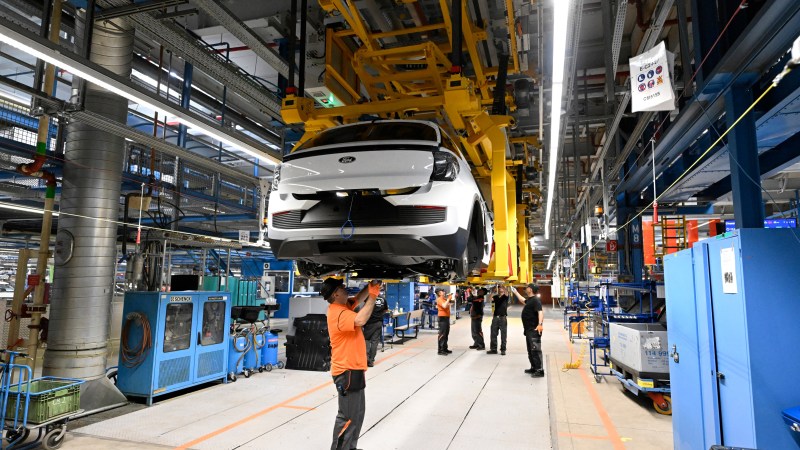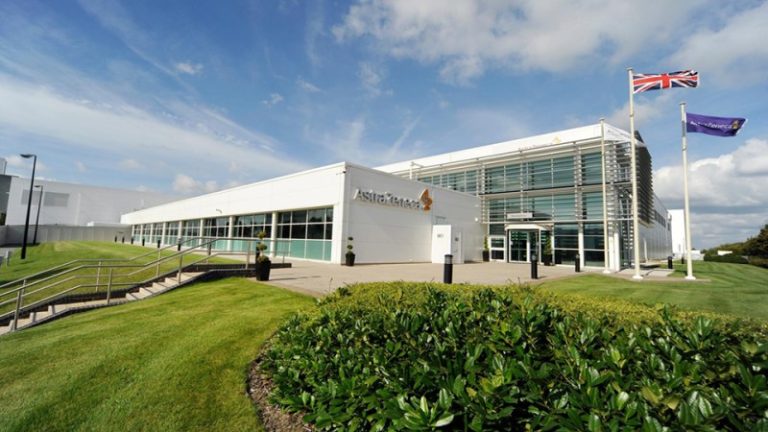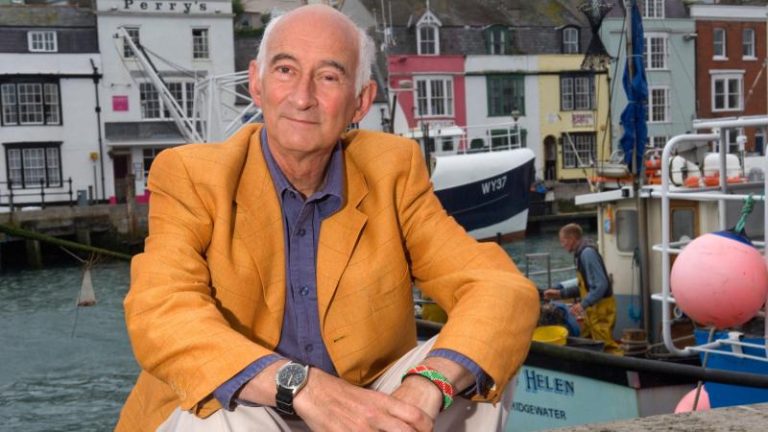Connected cars take information superhighway to next level
Wimbledon is not merely a showcase for top-flight tennis. Last year Jaguar, the carmaker, and Vodafone, the telecoms group, used the tournament to highlight what connected cars are capable of. Dignitaries and players ferried around Wimbledon in a Jaguar I-Pace had access to a wi-fi service worthy of a VIP, too.
A Vodafone “smart hub” turned the vehicle into a wi-fi hotspot, powered from the ignition, while a roof-mounted antenna boosted the signal up to a 100-metre radius. The result was real-time GPS location and analytics, while passengers could send, receive and access critical information on the go with data allowances of up to one terabyte, enough to browse the web for more than 20,000 hours or watch 300 hours of high-definition video.
These innovations were made possible by the so-called internet of things, an ever-growing network of devices and sensors. Emergency calling was the reason for connecting cars with the internet of things, but as soon as the connection had been made it opened the door to new services, such as monitoring the condition of a vehicle and updating in-car software over the air.

As 5G, the latest standard for cellular networks, is embedded in new cars, what they are able to do will step up a gear. According to Vodafone, the bandwidth provided by 5G will pave the way for even more services to be delivered at greater speed, in higher volume and in more densely populated areas. Analysys Mason, a consultancy, predicts that revenue from automotive connectivity alone is set to double to $10 billion a year by 2030.
Vodafone was an early mover in this burgeoning industry. The company’s internet of things network already connects 60 million cars worldwide. Within the telecoms group, Vodafone Automotive is a specialist company with 800 employees that caters to the carmaking, fleet and insurance sectors. It plans to use 5G to help to speed up car manufacturing, to enable cars to transact with each other and to improve road safety.
“Automotive was an early user of IoT connectivity and it has revolutionised safety, reliability and the driver experience; 5G paves the way for even more innovation from autonomous driving, connected roads, vehicle platooning and even more advanced safety systems in the car,” Erik Brenneis, the chief executive of Vodafone Business IoT, said. “By using advanced networks like 5G, automotive manufacturers across the globe can bring the advantages of the hyperconnected car to more customers in more countries, making our roads safer and more sustainable.”
Industry analysts caution that in reality such advances are several years away. According to Ibraheem Kasujee, at Analysys Mason: “There is lots of potential and a lot of expectations, but it is early days. More advances have been slow to materialise.”
Undeterred, Ford is using a Vodafone mobile private network to improve how the carmaker builds electric engines. Building one engine for a single vehicle requires more than a thousand individual welds, generating more than half a million pieces of data per minute. This data needs to be analysed in real time to check if any adjustments are required. A mobile private network can keep up, offering a reliable, quick and secure connection capable of crunching the numbers. It can support the production line and warn of issues or maintenance requirements immediately.
However, Matt Hatton, the founding partner of Transforma Insights, noted: “There are plenty of examples of carmakers that have implemented these networks in their factories and are reporting very positive results, but it’s not quite yet at the point of mass adoption there. The issue with that is the extent to which 5G or even 4G private networks can help to deliver more efficient factory operations. I’d say it has yet to quite make a breakthrough.”
• Be nice to your AI — it really does make a difference
Road safety is another key focus for Vodafone Automotive. It has developed a platform that links road users directly with transport authorities and each other so that safety information, hazard warnings and traffic updates can be shared in real time. “By doing this, you get a 360-degree picture of what’s happening around you and ultimately it is able to create a safety bubble for you and the car,” a Vodafone spokesman said. “The technology could detect everything from pedestrians and cyclists to public transport, so everyone is aware of what is going on around them. With this knowledge, people will be able to react accordingly and therefore avoid collisions to create safer cities.”

It’s a bold vision, but Kasujee cautioned: “The idea of direct communication has been around for a while, but there is a lot of work that needs to be done on the ecosystem and regulation. Also, who is going to pay for roadside units? It will vastly improve safety, but is a few years away.”
Connected cars are also part of the “economy of things”, where devices can interact and trade securely without human intervention, for example at toll booths. The potential market arising from this is vast. STL Partners, a research company, predicts that up to 3.3 billion of such connected devices will be trading directly by 2030.
Vodafone and Sumitomo, the trading company, have formed a venture called Pairpoint to tap into this potential. It will start with electric vehicles that can transact autonomously and can communicate with charging stations from many providers.
• Self-driving cars ‘will be on British roads by 2026’
The British telecoms group is not the only company looking at what is possible as car connectivity improves. AA-X, part of the AA breakdown service, has been operational for 18 months. It was created after the AA realised it had a wealth of proprietary data from breakdowns and garage jobs. This “rich” data, provided with a car owner’s consent, allows the organisation to go deep into the engine and to issue an alert if a fault code comes up. Then the AA can predict what will happen to the car, make a recommendation to the owner and act on it.
“Consumers and businesses are getting more familiar with connected experiences, for example from health and wellness,” Tom Fawcett, the chief executive of AA-X, said. “The car is an obvious thing to apply that to. It is covered in sensors and is becoming even more sophisticated. People want to know about vehicle health, be that for an MOT or long drive. With data, we can ‘triage’ you better. We are looking to do something different and better with the data and our trusted brand. The first thing you need is good data.”
He added that 5G allowed data to be shared nationwide more quickly, for example on potholes. This could be used to improve infrastructure.

The AA has just launched Vixa, an app that uses artificial intelligence to analyse real-time data from connected cars, providing drivers with instant notifications about potential issues, personalised maintenance recommendations and the ability to chat with an experienced AA mechanic via WhatsApp. It also will show personalised journey and driving insights. The same capabilities are being tested with fleets as manufacturers provide more information, allowing for the process to become “industrialised”.
“We are building a connected car business within the AA and creating new businesses as we go,” Fawcett said.
For now, Vodafone and the AA are tight-lipped on the financials or about the potential market size arising from greater connectivity. It may be early days, but as the road ahead opens up for connected cars, those at the vanguard of the technology are set to reap the rewards.






